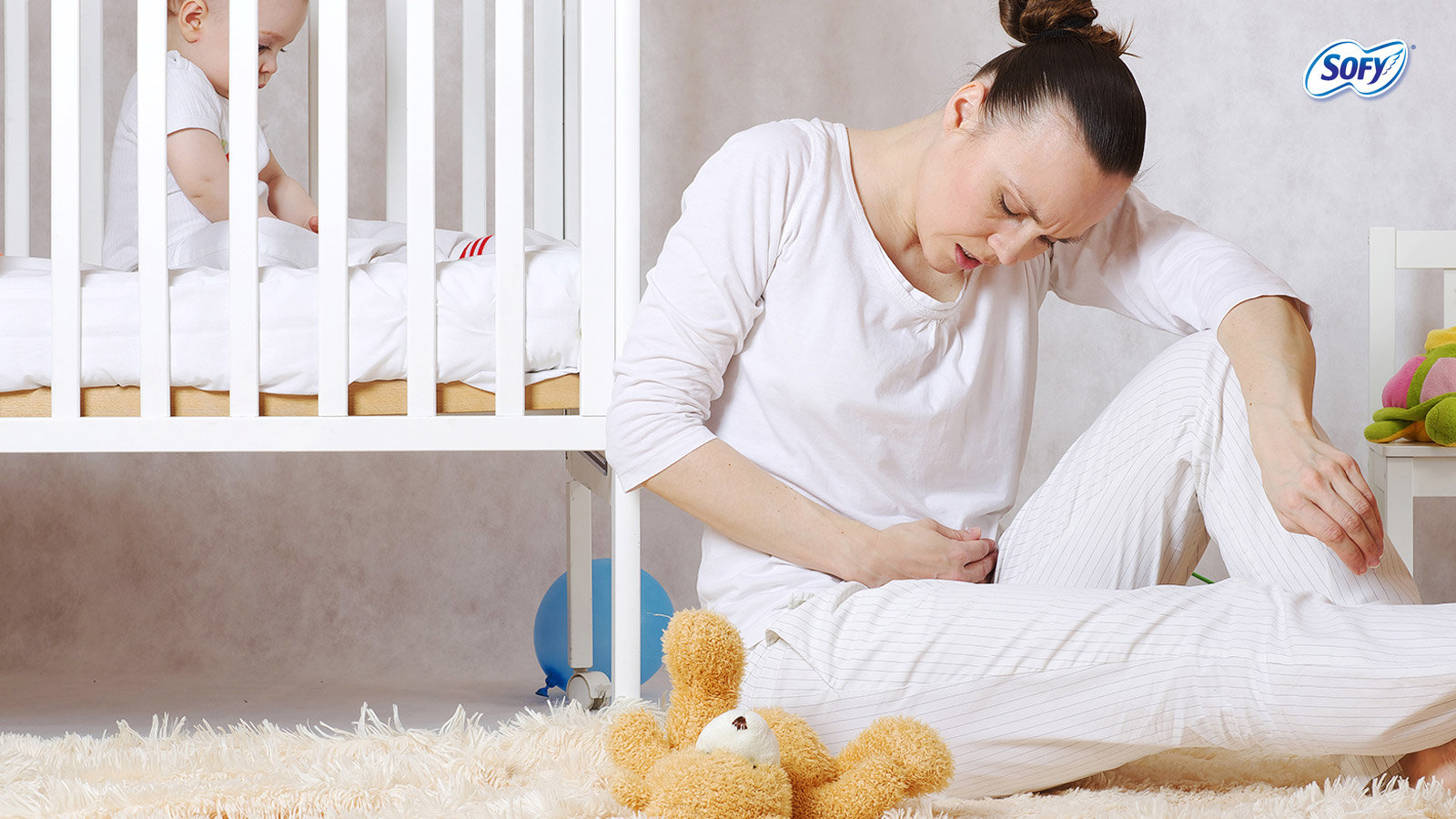During pregnancy, the uterine lining becomes thick to support the pregnancy. After the baby is born, the uterus begins to contract and shrink back by shedding the uterine lining. This shedding of extra blood, tissue, and mucus from the cervix is postpartum bleeding or lochia.
The first few days bleeding is substantial, and the flow is bright red in colour with clots. This may last for 3-10 days. You will need extra-absorbent sanitary napkins for the flow initially, and later you can switch to regular napkins as the flow gets light. Light bleeding with smaller clots may continue for up to 6 weeks after the delivery. The blood will turn pink or brownish in colour, followed by white or yellowish discharge.
In the case of caesarian delivery, postpartum bleeding might be less as the uterus is cleaned well by the doctor to make sure the placenta is completely removed. This doesn’t happen in vaginal delivery, and so bleeding continues for a longer duration after delivery.
Some helpful tips for managing postpartum bleeding:
1. Do not use tampons for lochia as the uterus and vagina are still in the healing process after delivery. Tampons can cause infection, so its best to use sanitary napkins during the first 6 weeks after birth.
2. Change sanitary pads frequently to keep the vagina clean. The first few days you will need extra-absorbent napkins for heavy flow, gradually as the flow becomes light you can switch to regular pads.
3. Intercourse should be avoided for six weeks to prevent infections.
4. When you have been sitting or lying in bed, on getting up, you might feel a gush of blood. This is because the blood collects in the vagina when you are sitting or lying down and drains out as you stand up. Remember, this is normal. Keep your activities and movement minimal after birth for a month or so. Your body needs time to recover after delivery so rest as much as you can. Too much exertion can increase bleeding.
5. Have a proper healthy diet. Keep yourself hydrated and have foods rich in iron like green leafy vegetables, lentils, beans, peas, meat, fish, eggs, etc.
6. Since the flow is heavy for the first few days, leaks and stains can happen. Dress accordingly in comfortable clothes and use an old towel on the bed to prevent stains.
Postpartum bleeding is entirely natural after delivery and not a reason for worry. However, if the bleeding is too heavy, i.e., you need to change pads every hour, the clots are too large (size of a plum), accompanied by severe cramping, fever, foul-smelling lochia, it is a reason for concern and needs immediate medical attention. Heavy bleeding called postpartum haemorrhage is not normal and requires quick treatment.












